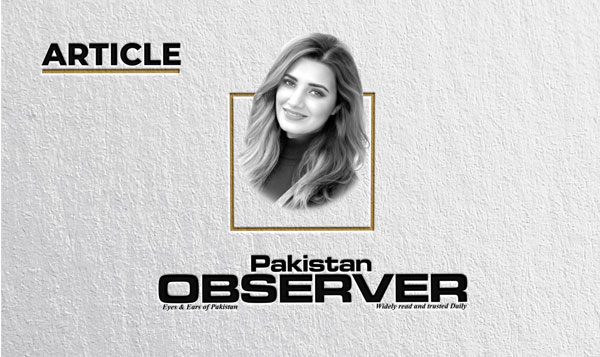Iranians women demand for freedom
INTERNATIONAL media attention is focused primarily on the protests in Iran. Iranian women’s anger emerged in reaction to Jina Mahsa Amini’s arrest and death as a result while in the custody of the “morality police.
” Women are living, and existence is not about being alive, but about being free, as all women and men who protest together and demand for a free life for women have clearly recognized.
The term “Woman, Life, Freedom” must become a reality in Iran and all over the world. There are no signs that the protests in ran will stop.
After Mahsa Amini, an Iranian lady, died after being arrested by Iran’s morality police for breaking the country’s strict dress code, more than three months ago, but the anger over the country’s hijab rules, the harshness of the security forces, and strong government repression has not decreased.
Under the umbrella of women’s rights, both men and women from different ethnic backgrounds have participated.
The women’s movement has been demanding “Jin, Jian, Azadi! ” and “Zan, Zindagi, Azadi! ” in both Kurdish and Farsi, which translates to “Woman, Life, Freedom! ” and “Freedom for Women Means Freedom for All,” accordingly.
Recently, we’ve heard strong schoolgirls and college students take the initiative by throwing their scarves, marching through the streets, and trying to kick away the government.
But, the campaign has resulted in numerous arrests and detention and claims of the deaths of hundreds of individuals, including girls.
It is hardly surprising that girls and young women are heading the call for significant change.
Mahsa, who was only 22 years old when she passed away while in the prison of the Iranian police, has become a symbol of the injustice of the nation’s discriminatory laws.
Once they hit puberty, they must wear the hijab as girls. They continue to be restricted their choice of clothing as women, which affects their ability to engage in many parts of public life, such as studying, working, and even leaving their homes.
They may find that they are vulnerable to arrest if a morality police officer finds their hijab-wearing behavior to be unsuitable.
If they are found to have protested the dress code, they may be fined, physically attacked, harassed, and possibly given a jail sentence.
Iranian women have been fighting the country’s forced dress code for ages, and many are now publicly violating it as a form of protest by simply leaving the headscarf at home and going about their daily lives.
Although the most noticeable form of discrimination is the dress code. Iran’s laws and policies discriminate against women’s access to employment including by restricting the professions women can enter into and denying equal benefits to women in the workforce.
Over 50 percent of Iran’s university graduates are women, but women’s unemployment rate is more than double that of their male counterparts.
In fact, fewer women are participating in the labour force. Iranian authorities are trying to encourage women to marry earlier in order to expand the population, rather than solving the economic difficulties that women face and their unequal access to opportunities to build their own lives.
Iran’s early marriage incentives included interest-free loans for those who wed at or before the age of 25, among other factors.
Due to the extreme poverty that many families are facing, girls and women are occasionally forced into younger marriages.
Child marriage is on the rise, according to many surveys. As per Iran’s civil code, ladies can get married at age 13 and boys can get married at age 15, while younger ages are allowed with a judge’s approval.
After being married, girls and women frequently suffer more abuse. Iran’s law offers husbands a lot of power to control their wives’ lives.
According to the Basic Law, the husband is allowed to decide where they will live and even restrict his wife from working at a particular job if he feels it goes against “family values.
” A woman is obliged to obtain her husband’s permission in accordance with the Travel documents Law before she can get a passport and leave her country.
Despite growing reports of terrible femicides and women who risk their lives to escape abuse, Iran’s government must rethink its policies for preventing abuse, protecting women, and punishing domestic violence.
Iranian authorities long ago tried to exclude women from participation in public life. Iranian women have master’s degrees and have overcome difficulties in many professions despite discrimination.
The dress code and sexual harassment are two examples of discriminatory laws and regulations that women have fought against and succeeded in changing.
However, they have been subjected to imprisonment, torture, detention, and even death sentences.
Importantly, Iranian authorities have jailed the organizers of the famous “One Million Signatures” campaign, a crucial women’s rights campaign that started in early 2000 and sought a million signatures from Iranians in favour of gender equality.
Iranian women and girls are fighting unfair laws and demanding reform in order to defend their basic freedoms and rights.
The Iranian government and the rest of the world need to pay close attention and stand openly for all women in those parts of the world where they have no equality and freedom for women’s rights.
—The writer is a social political analyst, based in Islamabad.










